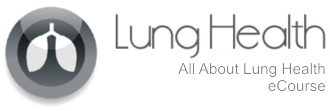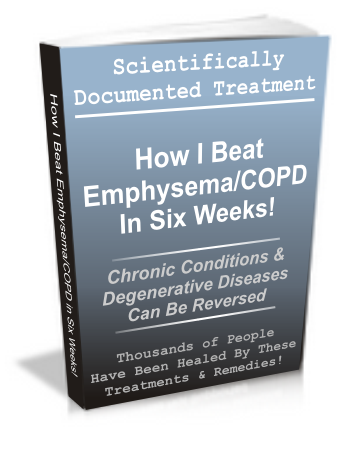
Lesson 13: Lung Cancer Treatments, A-Z
Today, there are lung cancer treatments in a wider variety than ever. While none are pleasant, they have advanced to offer the least harm with the best possible chances of recovery. Early detection remains highly desirable, since it makes possible the greatest array of options.
Treatment options depend, of course, on the type and stage of lung cancer. Stages are numbered I-IV (smaller numbers are less severe) and the lower number typically is treated with surgery. The higher numbers often call for combinations of surgery, chemotherapy, and radiation.
Naturally, only your physician – after a thorough diagnosis and consultation with a specialist – can recommend which is best.
Surgery
For most early-stage carcinomas surgery is recommended.
If the tumors are small and well-confined a procedure called a wedge resection may be performed. In this technique, a small section containing the tumor and a surrounding thin layer of healthy tissue is removed.
A lobectomy is the next step up, used for more advanced cases in which the tumors have grown in size and/or multiplied, or populate several areas of the lung. Here, an entire lobe of one lung is surgically removed. When the cancer has spread to make that insufficient, an entire lung may be removed, a procedure called a pneumonectomy.
In some cases, when the surgeon deems it warranted at the time, some lymph nodes in the chest may also be removed. The lymph system carries a type of fluid throughout the body, more or less in parallel with the blood vessels. That makes it a tragically efficient delivery vehicle for spreading cancer cells throughout the body. If the cells are believed to have entered one or more lymph nodes, removing them can forestall that problem.
Chemotherapy
When lung cancer has reached Stage II or beyond, chemotherapy is usually called for. Dozens of drugs are available for reducing in size or destroying tumors and often a ‘cocktail’ of them is special-made for each patient.
In some cases, the drugs are delivered intravenously, in others, orally. The goal is to kill the cells without doing excess damage to the patient, though side-effects usually involve nausea and other ill-effects, such as hair loss. Depending on the type of tumor and individual circumstances, physicians may use a combination of surgery, followed by chemotherapy ‘just to make sure’.
Treatment regimes can last a few weeks to a few months. Newer therapies involve use of more targeted drugs, in an attempt to destroy only the tumor cells and reduce side effects. Bevacizumab, for example, works by reducing the tumor’s ability to grow (something it enables by increasing nearby blood vessels for its own nourishment). Erlotinib, by contrast, blocks the chemical signals that tell tumor cells to divide.
Radiation
Radiation, usually a source of x-rays or gamma rays (high-energy, invisible light), is one of the oldest of the modern treatments.
Treatment techniques vary, but in one form a small piece of radioactive substance (such as radioactive Cobalt or Iodine) is placed near the tumor and the rays it emanates kill nearby tumor cells. The radiation disrupts the ability of the cells to divide, since it destroys their DNA.
While excess radiation is known to produce cancers, in regulated dosages and correctly targeted, it can destroy tumors. The trick, of course, is to destroy the tumor while doing minimal damage to surrounding tissues and organs, which can create more problems than it solves.
Fortunately, thanks to advanced technology and improved understanding of radiations effects, that is possible. Still, because of its inherent risks, it is often only recommended for more advanced cases and is used in conjunction with other treatment options.
End of Lesson 13
To access the next lesson click its #/title in the right sidebar >>
The treatment Jim did is one of the world’s most scientifically demonstrated & documented alternative treatments. Healing successes by it have been documented thousands of times, even in mainstream medical journals, going back over 100 years. Yet, many doctors know little to nothing about it. This list of medical journals includes one of the most prominent, JAMA (The Journal of the American Medical Association).
This natural treatment Jim did has been demonstrated as one of the most effective alternative options for various types of cancer. The substance has been medically documented to make unhealthy cells healthy and tumors shrink and disappear …

 Are you ready to read Jim’s amazing full recovery story, the detailed natural program he did and thousands of others have done, and much more?
Are you ready to read Jim’s amazing full recovery story, the detailed natural program he did and thousands of others have done, and much more?
If you are, simply click on “BUY EBOOK NOW” at the top of this page. You can have your e-book downloaded to your computer and be reading it in only minutes from now!



